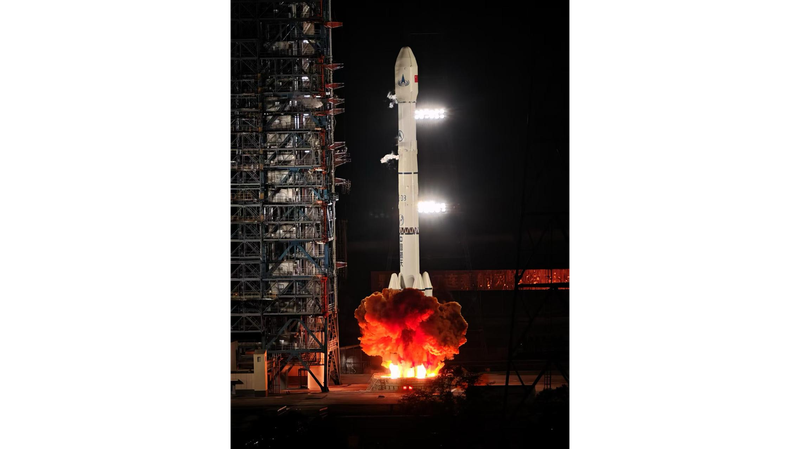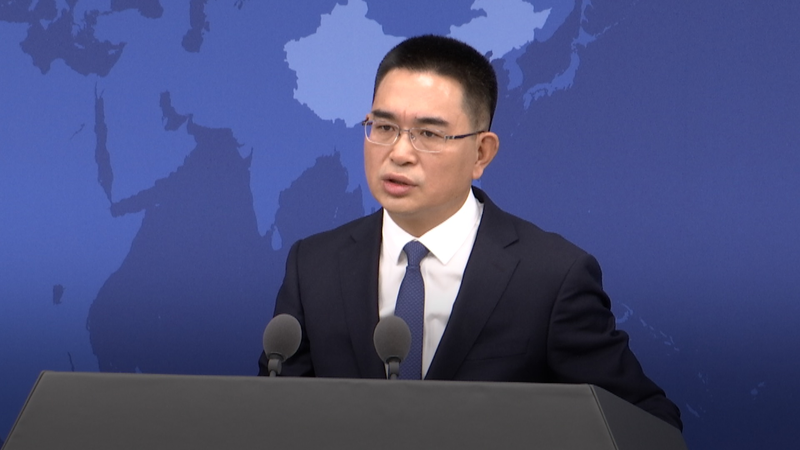In the early hours of Thursday, China launched its first asteroid sample-return mission, Tianwen-2, marking a major leap in space exploration. The Long March-3B carrier rocket lifted off at 1:31 a.m. Beijing Time from the Xichang Satellite Launch Center in Sichuan Province on the Chinese mainland, sending the spacecraft on a decade-long voyage.
Over the next ten years, Tianwen-2 will pursue two ambitious goals:
- Collecting samples from the near-Earth asteroid 2016HO3, a tiny neighbor that holds clues to the solar system’s earliest days.
- Exploring the main-belt comet 311P, venturing farther than Mars to study these icy bodies.
About 18 minutes after launch, Tianwen-2 successfully entered a transfer orbit toward 2016HO3 and deployed its solar panels. The China National Space Administration declared the launch a success, setting the stage for precise navigation and sample collection.
Studying asteroid samples can unlock secrets about the building blocks of planets and the sources of water and organic material. By visiting both a near-Earth asteroid and a main-belt comet, Tianwen-2 is poised to expand our understanding of small bodies across the solar system.
As the probe begins its long journey, young global citizens, tech enthusiasts, and space fans around the world will watch and share every milestone. Stay tuned to discover how Tianwen-2’s findings could reshape our view of the cosmos—and inspire the next generation of explorers.
Reference(s):
cgtn.com




